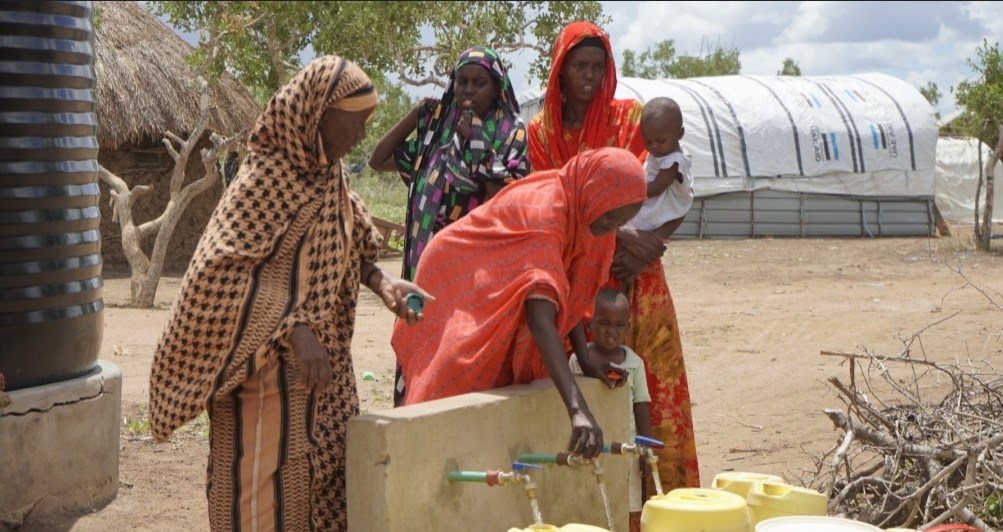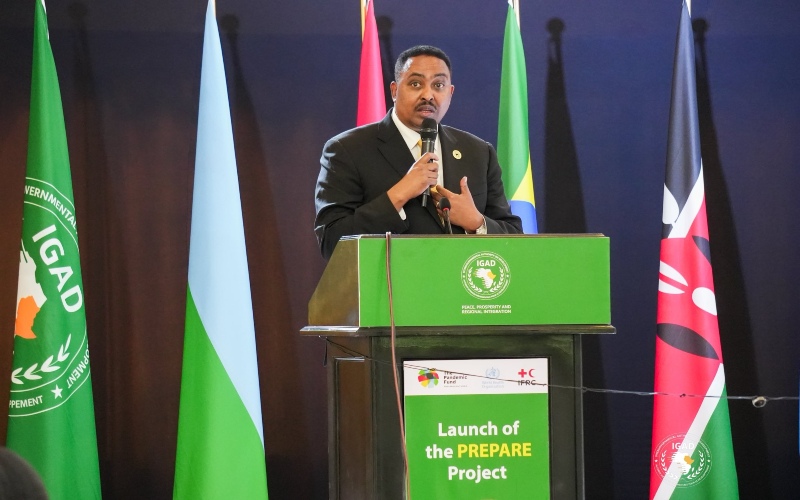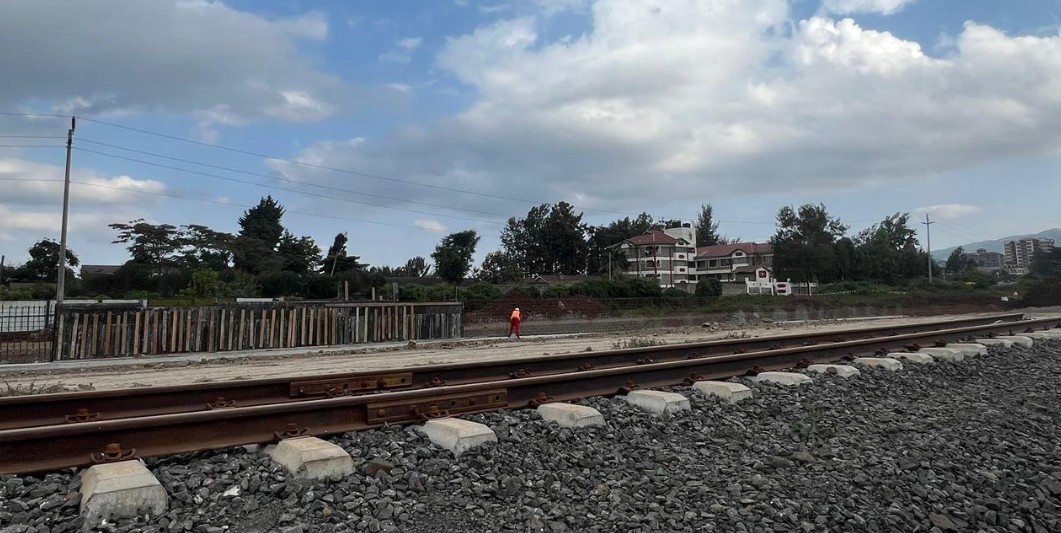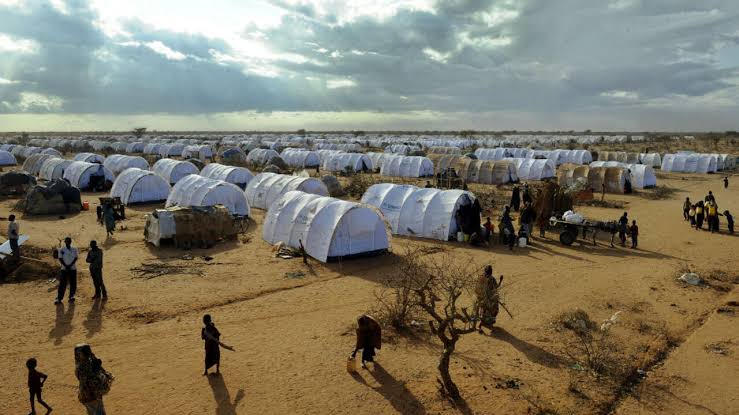Women lead sanitation drive in Tana River to curb cholera ahead of floods

With technical guidance and financial backing from the Supporting Community-Led Response initiative, more than 300 households constructed latrines and installed elevated water tanks.
Women in Hamesa and Bandi villages, Tana River County, are spearheading efforts to build toilets and upgrade water systems in a grassroots push to stop recurring cholera outbreaks triggered by seasonal flooding.
The communities, which have suffered repeated waterborne disease outbreaks during El Niño seasons, are now implementing local sanitation projects with support from the Pastoralist Girls Initiative (PGI) and funding through the Supporting Community-Led Response (SCLR) project.
More To Read
- Turkana marks major sanitation milestone as seven villages declared open defecation free
- Turkana and Mandera lead in open defecation despite national progress
- 2.1 billion people still without safe drinking water - UN report
- Darfur cholera outbreak kills 315 people in two months, aid group says
- Somalia water crisis: Funding cuts leave 300,000 without safe water as cholera cases surge
- Cholera kills 40 in Sudan’s worst outbreak in years
“In the last floods, we lost six children and one elderly man to cholera. People used bushes as toilets, and contaminated water would enter our drinking sources,” said Mishi Mohammed, a resident and community leader in Hamesa.
According to the Ministry of Health's data, the 2019 El Niño season saw over 1,200 reported cases of cholera in Tana River County, with at least 18 fatalities.
In 2023, more than 700 cholera cases were reported during similar weather conditions, with most victims being children under five and elderly residents.
Latrine coverage
The Kenya Demographic and Health Survey (KDHS) indicates that latrine coverage in Tana River stands at just 43 per cent, leaving the majority of households practising open defecation, especially dangerous during floods.
Fatuma Shukri, a refugee and mother of five in Bandi Camp, said lack of awareness worsened the crisis.
“We didn’t even know it was cholera at first. People started vomiting, others had diarrhoea, and then they died,” she said.
After reaching out to several organisations, local women partnered with PGI to develop sanitation proposals.
“We were involved from the start, budgeting, identifying materials, and writing the proposal,” said Fatuma.
With technical guidance and financial backing from the SCLR initiative, more than 300 households constructed latrines and installed elevated water tanks.
Women led the mobilisation, material sourcing, and oversight of construction activities.
SCLR Project Manager Anwar Nuh said the approach focused on empowering communities.
“We don’t deliver prefabricated solutions. We guide the community to take charge. That way, the interventions last,” he said.
Rains red alert
The Kenya Meteorological Department has since issued a red alert for heavy rains expected in the Lower Tana Basin in the coming weeks.
KenGen has also warned of possible overflow from the Seven Forks Dams, raising the risk of floods in both Tana River and Garissa counties.
Experts warn that without pre-emptive measures, the floods could once again result in widespread illness.
“These floods are unavoidable. But what communities do before they arrive is what matters,” said regional meteorologist Michael Obiero.
Fatuma said her community is better prepared this time.
“We now have 12 toilets and two raised water tanks. We understand how to store water safely. We’re no longer vulnerable.”
However, sanitation coverage remains low in other flood-prone areas such as Kipini and Mnazini, prompting calls for increased government and donor support. The challenge now is to replicate this across the region,” said Anwar.
Officials and local leaders are urging immediate action ahead of the anticipated floods to prevent another public health crisis.
Top Stories Today












































